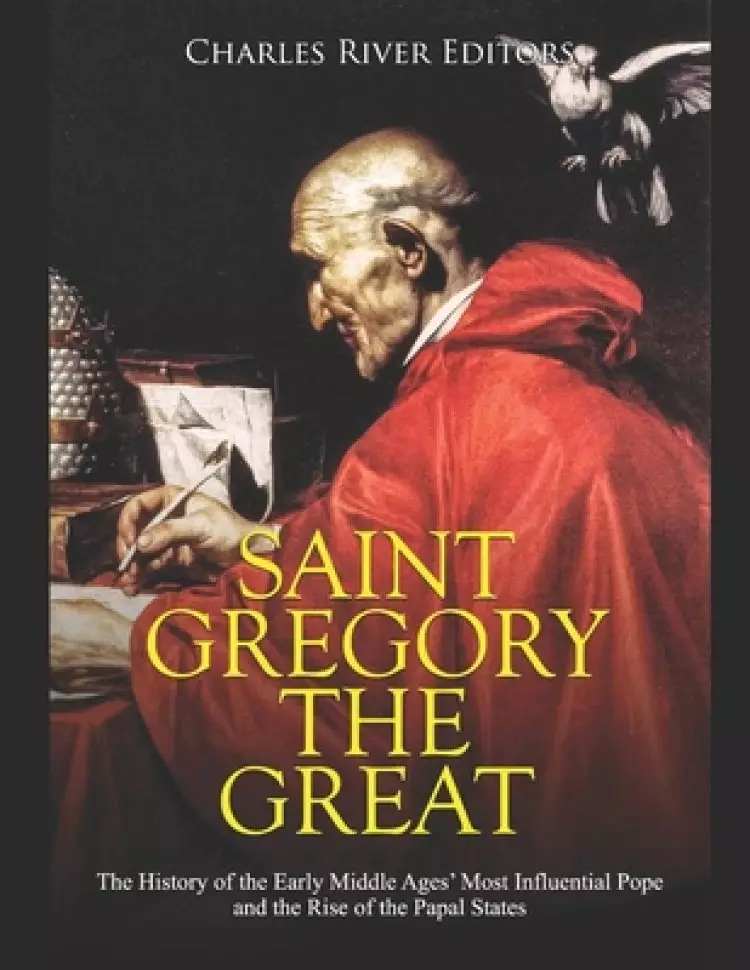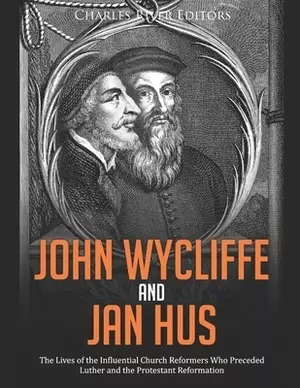*Includes pictures
*Includes excerpts of medieval accounts
*Includes a bibliography for further reading
"No one does more harm in the Church than he who has the title or rank of holiness and acts perversely."-St. Gregory the Great
The pope, the bishop of Rome, claims spiritual authority over more than a billion Catholics worldwide. He also exercises temporal authority over a tiny enclave of Rome consisting of the Vatican Palace, Saint Peter's Basilica, and 44 hectares with the ancient Leonine Walls. As Sovereign of the Vatican City States, he has around 1,000 subjects, mostly clerics.
While those facts are widely known, many are not familiar with the fact that before the reunification of Italy in the late 19th century, the popes were rulers not only of the city of Rome but of much of central Italy for over a thousand years. The Papal States, as they are usually referred to, were formally gifted to the Church by the Frankish King Pepin III (r.751-768) in 756, but the origins of the Papal States can be traced back over 150 years earlier. One of the most prominent figures in the foundation of the Papal States was Pope Gregory I, who led the Roman Church and the city of Rome from 590-604. During his time, Rome enjoyed the prominence in Italy it once had before being sacked in the late 5th century, and Pope Gregory I helped ensure that the Eternal City would shape the destiny of Western Europe, not the Byzantine capital of Constantinople. In the wake of the Western Roman Empire's collapse, kings across Western Europe continued to maintain the appearance of imperial unity and claimed the status of lawful subjects of the Eastern Roman Empire, then based out of Constantinople.
Thus, the Germanic kings adorned themselves with the ceremonial regalia of the Roman court, adopted the religion of the emperor, and continued to govern as the emperors had done. For example, the leader of the Franks ruled Gaul as Rex Romanorum ("King of the Romans"), and even Odoacer, who had dared to depose the last Western Roman emperor, ruled by the grace of Emperor Zeno (r. 474-491) in Constantinople. Indeed, it has been argued that for the great majority of Romans in the West, nothing really changed, as they continued to be governed by Roman law, to observe their customs and to practice their religion. The governing classes had been supplanted, but they were generally content to govern their subjects as their imperial predecessors had done. From this point of view, the empire in the West had not really fallen.
Thus, in the early 6th century, a kind of stability had taken root in the West. Gaul was ruled by the Franks, Spain by the Visigoths, and Italy by the Ostrogoths. In Italy, the people maintained their ties with the emperor in Constantinople, now viewed as the new Rome, and the Byzantine Empire was wealthy, strong, and confident. Although the Germanic kingdoms deferred to Constantinople in name only, they did not wish to destroy Roman civilization, and while this new order was not perfect as far as Constantinople was concerned, it at least offered stability.
This would all change during the late 6th century, and in the middle of it all was the papacy. Under the leadership of Gregory I, the political and religious tumult of the era would help give rise to modern Europe. Saint Gregory the Great: The History of the Early Middle Ages' Most Influential Pope and the Rise of the Papal States examines how Gregory I led the Church, and the way his time in power permanently impacted the world. Along with pictures depicting important people, places, and events, you will learn about Gregory the Great like never before.


